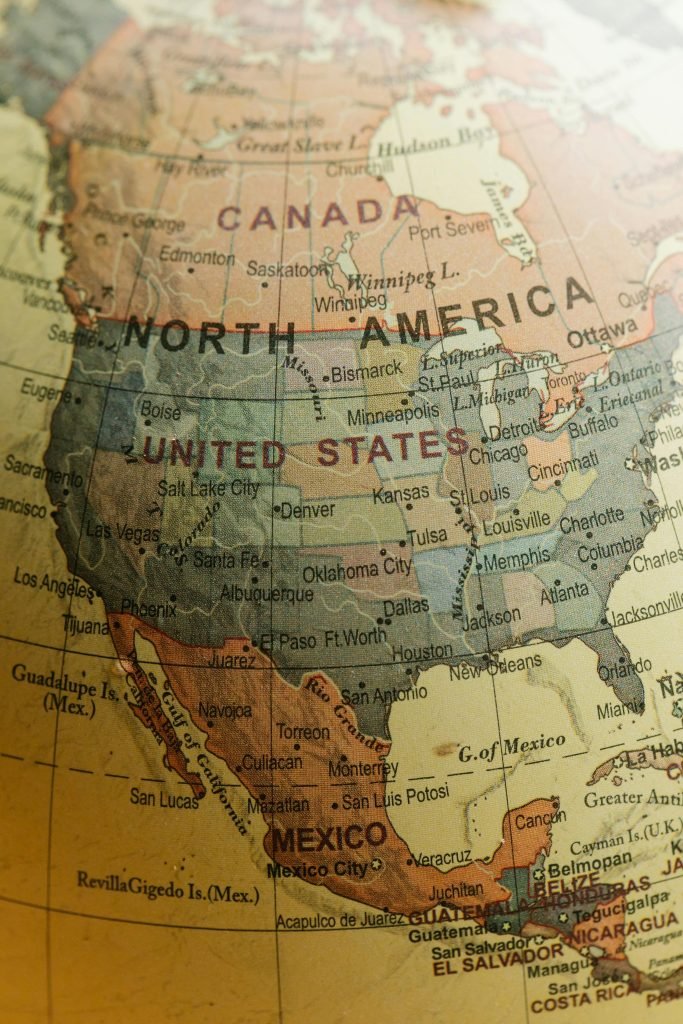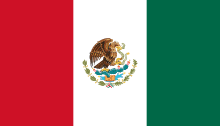I. Introduction
Overview of Canadian Immigration
Canada has long been known for its progressive immigration policies, making it a welcoming destination for immigrants from all over the world. The diverse immigrant population has contributed significantly to the multicultural fabric of the nation, bringing in different backgrounds and cultures that have helped in the development and growth of the country.
Canada's reputation as a land of opportunity and inclusivity has attracted immigrants seeking a better quality of life and improved socio-economic conditions. The welcoming nature of the Canadian society has made it an attractive choice for those looking to start anew in a foreign land.
Brief Explanation of Trends in Immigration from the United States to Canada
In recent years, there has been a noticeable increase in the number of immigrants moving from the United States to Canada. This trend can be attributed to various factors such as the political climate, economic opportunities, and the promise of a better quality of life. The evolving relationship between the two countries has also played a role in shaping these immigration patterns.
The shift in immigration trends from the United States to Canada reflects the changing dynamics between the two nations and the increasing appeal of Canada as a welcoming and inclusive society for immigrants.
II. Historical Perspective
Past Immigration Numbers from the United States to Canada
The history of U.S. immigration to Canada dates back to significant migration waves during key historical events such as the American Revolution and the Vietnam War era. While the numbers have fluctuated over the years, the trend of U.S. citizens moving to Canada has been steady, driven by various political and economic conditions in both countries.
Factors such as economic opportunities, political stability, and personal reasons have influenced migration patterns from the United States to Canada. The search for better job prospects and a secure political environment has been a driving force for many U.S. citizens considering immigration to Canada.
Factors Influencing Migration Patterns
The decision to immigrate from the United States to Canada is influenced by a multitude of factors. Economic opportunities, political instability, and personal circumstances all play a role in determining migration patterns. The allure of a more stable political climate and better job prospects in Canada has been a key motivator for many U.S. citizens looking to make the move north.
Political and economic conditions in both countries have a significant impact on immigration trends. During times of political unrest or economic uncertainty in the United States, there is often a noticeable increase in the number of U.S. citizens seeking to establish roots in Canada.
Impact of Political and Economic Conditions on Immigration Trends
Political and economic conditions play a crucial role in shaping immigration trends from the United States to Canada. The push and pull factors resulting from political unrest or economic instability in the U.S. have led to a steady stream of immigrants seeking refuge in Canada. The changing landscape of both countries continues to influence the decision-making process for those considering immigration.
III. Current Statistics
Recent Data on Immigration Numbers from the United States to Canada
Recent statistics indicate a consistent rise in the number of U.S. citizens choosing to move to Canada. As of 2021, the immigrant population from the U.S. stands at 256,085, representing 3.1% of the total immigrant population in Canada.
The increase in immigration numbers from the U.S. to Canada over the past decade signifies a growing trend of U.S. citizens looking to establish a new life in Canada. The data reflects the appeal of Canada as a destination for those seeking better opportunities and a higher quality of life.
Comparison with Previous Years
Compared to previous years, there has been a significant surge in immigration numbers from the United States to Canada. The upward trend in U.S. immigrants choosing Canada as their new home showcases the shifting preferences and perceptions of U.S. citizens towards Canada as a favorable destination for immigration.
The increase in immigration numbers highlights the attractiveness of Canada as a welcoming and inclusive society that offers opportunities for growth and development to new immigrants.
Analysis of Reasons Behind the Changes in Immigration Patterns
The changes in immigration patterns from the United States to Canada can be attributed to a variety of factors. Political dissatisfaction, economic opportunities, and social factors all play a role in influencing the decision to immigrate. The recent spike in immigration numbers can be partly explained by the desire for better job prospects and a more stable political environment in Canada.
The evolving landscape of both countries and the changing dynamics between the U.S. and Canada contribute to the shifting patterns of immigration, with more U.S. citizens recognizing the benefits of choosing Canada as their new home.
IV. Popular Destinations in Canada
Cities or Provinces Attracting the Most Immigrants from the United States
Canada's major cities such as Toronto, Vancouver, and Montreal continue to be top choices for U.S. immigrants seeking to settle in Canada. Provinces like Ontario and British Columbia also draw a significant number of U.S. immigrants due to their thriving economies and cultural diversity.
The appeal of these destinations lies in the promising job market, high standard of living, and rich cultural diversity that offer a welcoming environment for immigrants looking to start a new chapter in Canada.
Reasons for Choosing These Particular Destinations
The decision to settle in cities like Toronto, Vancouver, and Montreal or provinces like Ontario and British Columbia is driven by a variety of factors. Some are attracted by the job opportunities and economic prospects, while others are drawn to the vibrant cultural scene and inclusive atmosphere of these destinations.
The quality of life, access to amenities, and opportunities for personal and professional growth make these cities and provinces attractive options for U.S. immigrants seeking a fresh start in Canada.
V. Challenges Faced by Immigrants
Cultural Adjustments
While U.S. immigrants may share some cultural similarities with Canadians, adjusting to the nuances of Canadian customs, traditions, and social etiquette can pose challenges. Understanding and adapting to the cultural differences is an important aspect of integration for newcomers.
Employment Opportunities
While Canada offers a wide range of job opportunities, finding suitable employment can be a hurdle for U.S. immigrants, especially in specialized fields. Navigating the job market and securing employment that matches qualifications and experience can be a daunting task for newcomers.
Access to Healthcare and Education
Accessing healthcare and education services in Canada can be challenging for U.S. immigrants unfamiliar with the Canadian system. Understanding the processes and requirements for healthcare and education can be overwhelming for new arrivals, requiring support and guidance to navigate effectively.
Integration into Canadian Society
Integration into Canadian society involves building social connections, understanding local customs, and establishing a sense of belonging. Despite Canada's reputation for inclusivity, adapting to a new environment and establishing a support network takes time and effort for U.S. immigrants.
VI. Conclusion
Summary of Key Points Discussed in the Article
This article has examined various aspects of Canadian immigration from the United States, including historical perspectives, current statistics, popular destinations, and challenges faced by U.S. immigrants in Canada. The analysis of immigration trends highlights the evolving relationship between the two countries and the factors influencing migration patterns.
Final Thoughts on the Future of Canadian Immigration from the United States
The future of Canadian immigration from the United States appears promising, with increasing numbers of U.S. citizens choosing Canada as their new home. As political and economic conditions continue to evolve, Canada's appeal as a welcoming and inclusive society is likely to attract more immigrants from the U.S. in the years to come. The ongoing changes in immigration patterns reflect the dynamic nature of the relationship between the two nations and the opportunities that Canada offers to those seeking a fresh start.


